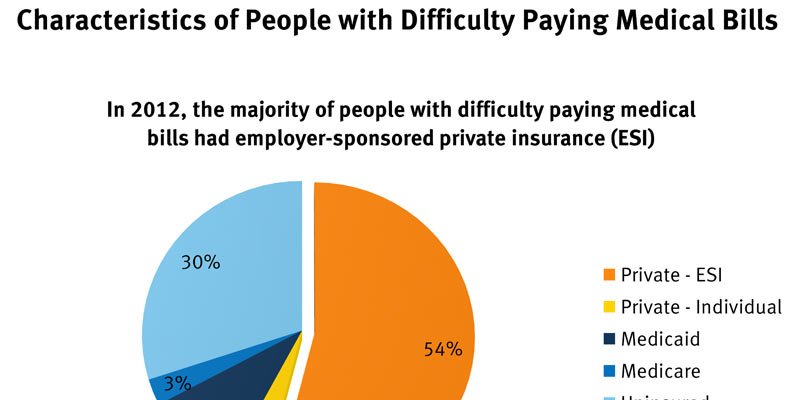
After that, these goods and services are distributed to other parts of the economic system. No part of today's economy is untouched by technology and does not depend on the advancement of technology in some way, shape, or form to boost quality, productivity, or profitability.
Competition in the IT industry is notoriously fierce, and its obsolescence cycles move at the speed of light. Examples like "computers used to take up whole rooms," "16 GB of hard drive capacity was absolutely plenty for a tablet," and "mobile phones used to flip up and shut" are so overused they've become cliches, yet they're still true. Even though the examples have been used so often that they have become a cliche, the facts remain the same. Nobody can afford to take things easy for very long in the technology industry since there is always pressure to innovate and develop new ways to beat the competition.
Because of the quick cycle of technological obsolescence, the winners and losers in the technology industry do not necessarily keep their positions for an extended period. Microsoft was established in 1975, and after decades of dominance in the market for software for personal computers, the company has been forced to play catch-up in the field of mobile computing. Similarly, Apple was considered dead and buried in the 1990s; the company has since returned thanks to its pioneering smartphone devices. Moreover, the technology sector should be on the radar of practically every stock investor due to its dynamic nature and remarkable expansion rate.
The vast and complicated world of technology may be broken down into four primary "mega sectors" the semiconductors, software, networking, and hardware industries. While not all technology companies can be classified into one of these four mega sectors, most can. Doing so provides a helpful framework for discussing the industry as a whole.
Software
In today's high-tech environment, little to nothing would be done without software. Software is ubiquitous and may be found in essential parts of various devices, from pacemakers to automobiles, yet, none of these devices could perform their primary functions without software. Consequently, it should not come as a surprise that the software industry is also a massive one, with revenues in the hundreds of billions of dollars.
Apart from the larger economic cycles that predominate in business, the software industry does not exhibit any discernible signs of being cyclical on its own. When a recession hits, it's common practice for businesses to cut down on their information technology (IT) spending and decrease the amount of software they buy. When recoveries start, on the other hand, the situation is reversed.

Networking and Internet
The largest technological advance since the microprocessor may be large and tiny networking. The development of networks has not only substantially increased productivity inside of businesses, but the internet — which is itself a massive network — has also enabled significant shifts in the commercial sector and laid the groundwork for entirely new business models, such as mobile banking and software as a service (SaaS). To operate properly, networking gear (which in turn needs chips) and networking software are necessities. In many ways, networking is a sub-sector of the other mega-sectors. It is substantial enough and vital sufficient enough to stand on its own.
Hardware
While it may not get the same level of attention as it had in earlier decades, hardware is nevertheless an essential component of the global technology industry. There is still a significant market for many different kinds of hardware, even though the software is increasingly capable of duplicating the functions of many different pieces of hardware. Despite what many believe, the hardware industry is not nearly as obsolete as some believe. Software is still, in the end, just a set of instructions, and company-wide networks and the internet only function because of a massive equipment backbone. There needs to be "something" to be urged and to carry out those instructions for there to be any way for those instructions to be carried out.
Semiconductors

Semiconductors are the underlying building blocks for practically all other technological components. It is believed that the semiconductor industry, which is already a sizable market in and of itself, is responsible for enabling a four times larger market in terms of the number of physical items dependent on those semiconductors. When all of the different sorts of goods and services that rely upon semiconductors at least implicitly are considered, it is arguable that semiconductors constitute the pivot point around which technology revolves.



